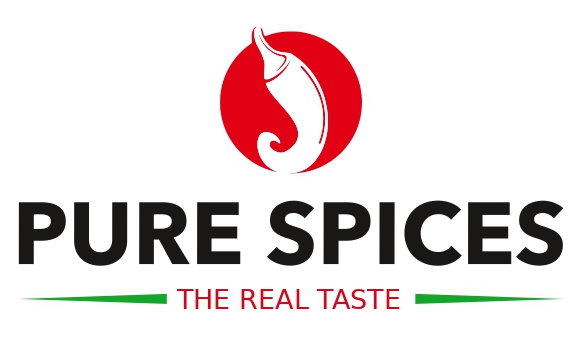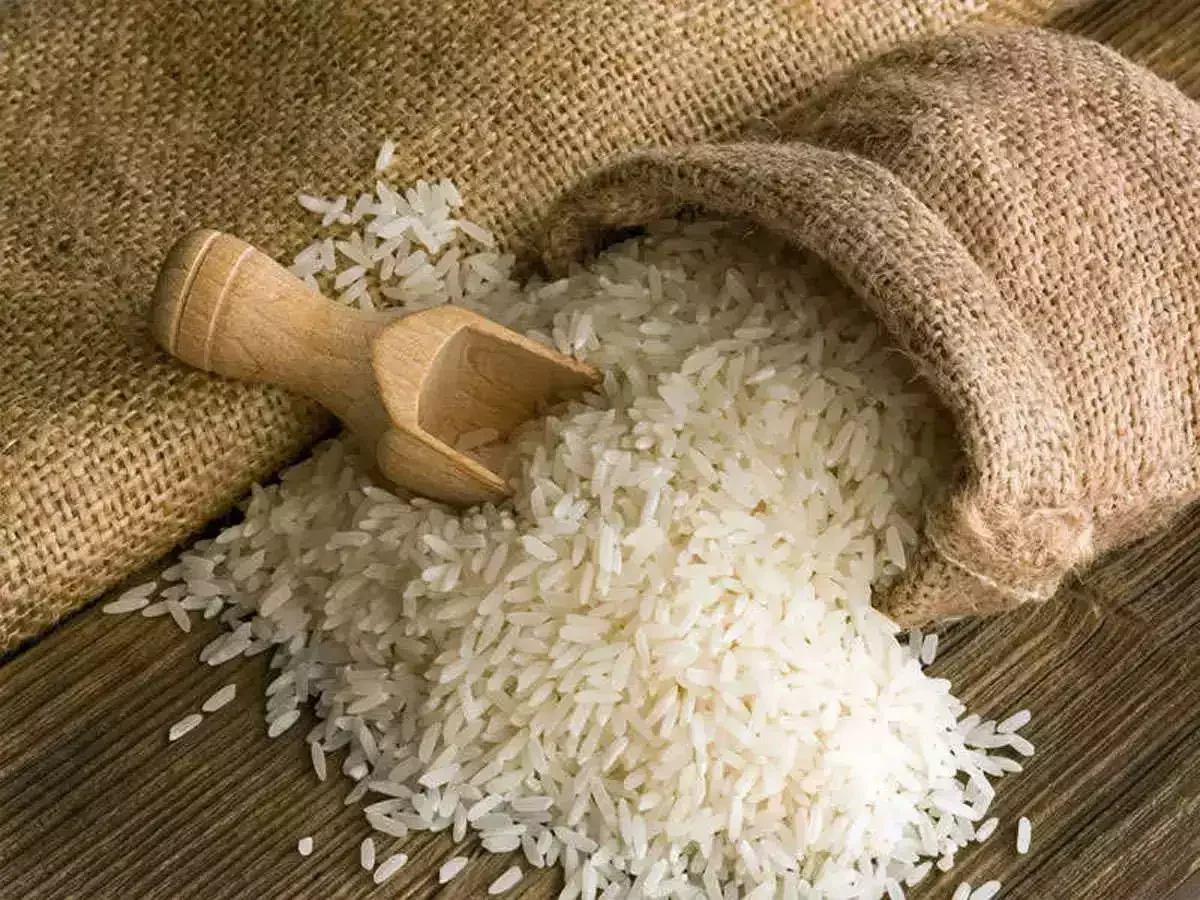Non-Basmati Rice
Non-Basmati Rice: –
Types of Non-Basmati Rice
There are various types of Non-Basmati rice, each catering to different cooking needs and preferences:
Parboiled Rice – Partially boiled with the husk intact, which helps retain nutrients and gives a firmer texture when cooked.
Sona Masoori Rice – A medium-grain variety known for its light, fluffy texture, commonly used in South Indian dishes.
IR-64 & IR-36 Rice – Widely used for daily consumption, these varieties are popular for their affordability and adaptability.
Matta Rice (Kerala Red Rice) – A nutrient-rich variety with a reddish-brown hue, commonly consumed in Kerala and Sri Lanka.
Ponni Rice – A popular short-grain rice with a slightly sweet taste, often used in Tamil Nadu cuisine.
Broken Rice – Fragments of rice grains obtained during milling, commonly used in porridge, soups, and animal feed.
Nutritional Value of Non-Basmati Rice
Non-Basmati rice is a good source of energy and essential nutrients. A 100g serving of cooked Non-Basmati rice contains:
Calories – 130 kcal
Carbohydrates – 28g (provides sustained energy)
Protein – 2.5g (supports muscle function)
Fiber – 0.5g (aids digestion)
Fat – 0.3g (low-fat option)
Calcium – 10mg (supports bone health)
Iron – 0.5mg (essential for oxygen transport in the body)
Brown and red Non-Basmati rice varieties contain higher fiber and antioxidant levels, making them a healthier choice compared to white rice.
Health Benefits of Non-Basmati Rice
Provides Long-Lasting Energy – The carbohydrates in Non-Basmati rice are easily digestible, providing sustained energy throughout the day.
Supports Digestive Health – Whole-grain Non-Basmati rice, such as Matta rice, contains fiber that promotes better digestion and gut health.
Aids in Blood Sugar Control – Certain varieties like brown and red rice have a lower glycemic index (GI), making them a better option for diabetics.
Helps in Weight Management – Non-Basmati rice varieties like Sona Masoori and Ponni rice are low in calories, making them ideal for people watching their weight.
Boosts Brain Function – Contains essential B vitamins that support brain and nervous system health.
Culinary Uses of Non-Basmati Rice
Non-Basmati rice is widely used in different cuisines for a variety of dishes:
Steamed Rice – A simple yet essential dish that pairs well with curries, lentils, and vegetables.
South Indian Meals – Used in dishes like sambar rice, curd rice, and lemon rice.
Rice Porridge (Congee) – A nutritious meal made by boiling rice with extra water.
Fried Rice & Pilaf – Commonly used in Chinese, Thai, and Indian fried rice dishes.
Idli & Dosa Batter – Short-grain varieties like Ponni rice are used to make fermented batter for idli and dosa.
Specification Of Non-Basmati Rice:-
| Retail Packaging: | 1kg, 5kg, 10kg bags |
| Bulk Packaging: | 25kg, 50kg sacks |
| Storage: | Store in a cool, dry place in an airtight container to prevent moisture and pest infestation. |




